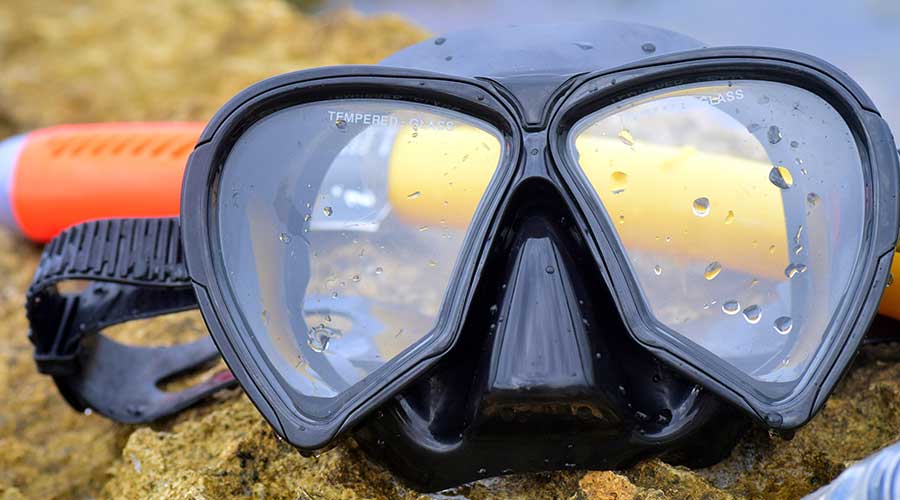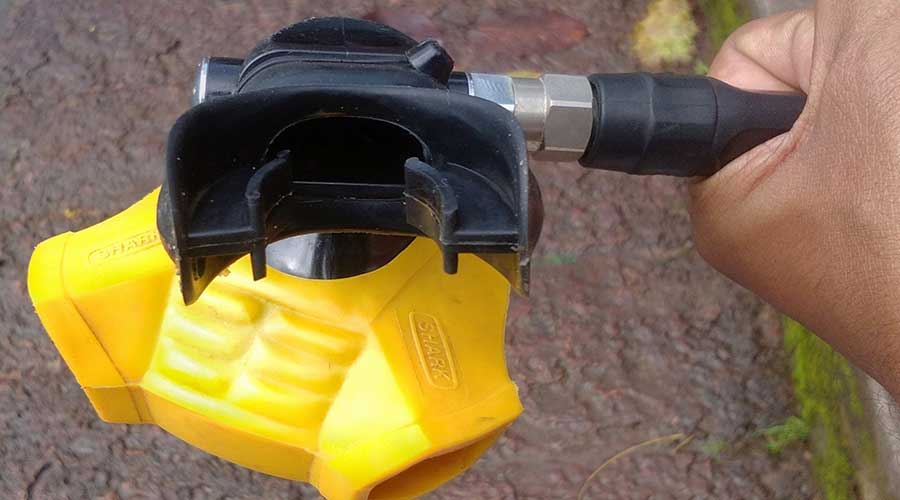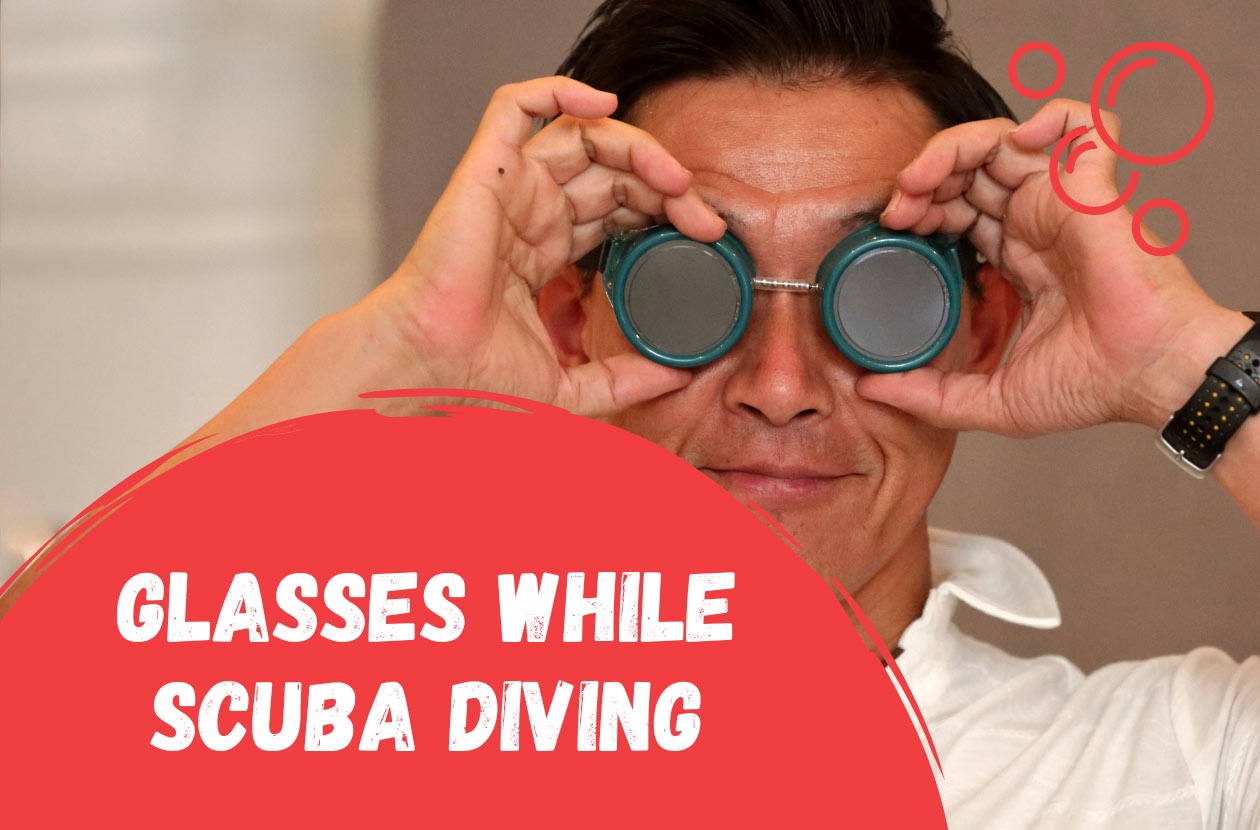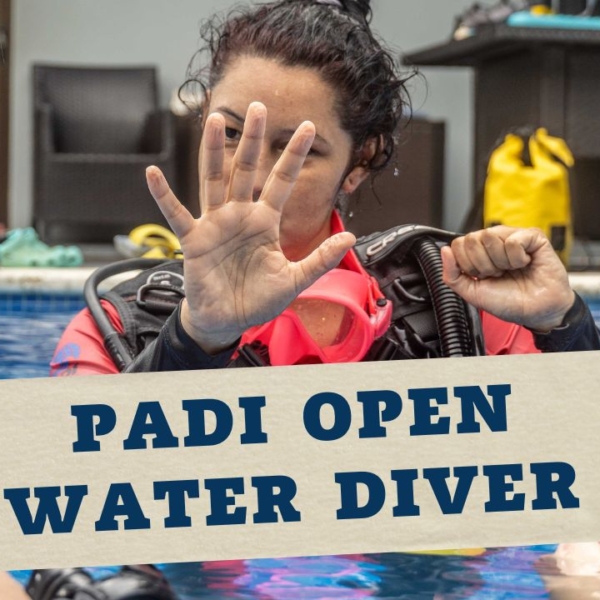Cleaning dive equipment is an important activity, not only in dive centers. It seems to me that this topic is rarely discussed among divers, yet everyone should know how to clean dive gear. Today we will touch on the topic of proper cleaning and disinfection of basic diving equipment. How to do it correctly and what chemicals to use.
Have you ever smelled mold from your regulator? Or got a rash from your diving wetsuit? This probably means that your equipment was not properly cleaned. This not only has a negative impact on your diving comfort, but can also have a detrimental effect on your health. So, how do you clean your dive gear? Let’s see.
Table of Contents
Why to clean dive gear?
To the question of why to clean dive gear, I could answer very simply. Because that’s what you have to do. But of course, this is not enough, so we need to talk in more detail about what this means. First, why do you need to clean your diving equipment after each use? Salt water leaves salt, which can damage our equipment when it dries out. On the other hand, fresh water can introduce sediment, which will be a breeding ground for bacteria and viruses. Also, not the best option.

Now imagine jumping into the water with such uncleaned equipment and swallowing all those treasures from inside the regulator. Delicious! Did it make you sick at the thought? Good! This is exactly the case with any piece of diving equipment that you don’t clean. And to further illustrate this to you, imagine putting on dirty underwear. Except that you put it on your face…
How to take care of hygiene of diving equipment?
Diving equipment is not cheap, and I think it’s clear that it needs to be taken care of in order to serve us for as long as possible. Cleaning the equipment after each use is your responsibility, but that’s not all. You should store the equipment in a shaded and not too warm place with constant ventilation. It is not advisable to pack the equipment in bags or forcefully squeeze it under furniture or beds. It should be loosely unfolded or hung up.
Additional pieces of equipment that are made of rubber should be protected with talcum powder for the duration of storage. As for the scuba diving tanks, on the other hand, they should not be stored empty. Always keep a minimum of 30-50 bar in the tank so that nothing gets inside. These are such basic rules of diving equipment hygiene that you should definitely follow.

How to clean snorkel gear?
Cleaning snorkeling equipment, namely masks and snorkels, is an important activity. These two pieces of equipment are directly on your face and in your mouth. You want to make sure they are as clean as possible. In addition, poor care of snorkeling equipment can lead to faster degradation. Scratches on the mask, damage to silicone components, is a simple way to have to replace the mask with a new one.
Follow these steps after each snorkeling session to keep your gear in excellent condition:
- rinse the scuba mask with fresh water to get rid of any dirt
- soak the mask in warm water with a special cleaning solution or mild dish soap
- check the silicone parts to make sure there is no trapped sand or salt under the seal
- avoid scrubbing and do not use any harsh or abrasive cleaners, as they can damage the mask
- wipe dry with a soft towel and store in the mask case to prevent scratching.
Disinfection of the diving regulator
Another component that requires special attention to cleaning is the dive regulator. Especially its parts that you hold in your mouth must be properly cleaned and sanitized. If you neglect cleaning, as I mentioned in the introduction, it can be dangerous to your health.
So how to properly clean a dive regulator?
- before putting in water, secure the first stage with a cap
- immerse the entire regulator in warm water with a cleaning agent
- rinse out the mouthpiece and all components with water under light pressure
- rinse the whole regulator again and hang it to dry in a shady place
IMPORTANT – when flushing the mouthpiece, do not press the purge button, as this may cause water to enter the hose.

Cleaning the BCD vest
Cleaning a buoyancy vest or BCD is not much different from cleaning other pieces of diving equipment. Dip the BCD in warm water with detergent and rinse all areas decently. Keep in mind that if you don’t do this thoroughly, the drying salt will create stains that can damage the vest over time.
It is also a good idea to fill the vest with fresh water from the inside and rinse it several times. Do not store a buoyancy vest rolled up or packed. It is best to keep it slightly inflated and hung on a hanger.
Disinfection of equipment made of neoprene
This is another piece of equipment that is close to our body. Proper cleaning of the suit and any neoprene parts is extremely important. Otherwise, we can have problems with mold or even fungus. This, in turn, can lead to rashes, skin irritation or even more serious skin problems. There is another important point, often left out in silence…. Many people urinate while diving directly into a wet suit.
For all these reasons mentioned, there is a need for good cleaning of diving wetsuits. How to do it? The matter is fairly simple and is a bit like washing clothes by hand. Soak the wetsuit in warm water with detergent and hand wash each part of the suit. Don’t use rough brushes or scrubbers, just use your hands. It’s also a good idea to turn the suit inside out so that the entire inside is very well washed. Do not use clothes dryers, but let the suit dry in a warm, airy but shady place.
How do you clean equipment at a dive center?
I think divers who use dive centers don’t often think about how the equipment is cleaned. Do you realize that the regulator you are using today may have been used by someone else yesterday? The same goes for diving suits, BCDs and masks and snorkels. But paradoxically, you’re more likely to get cleaner equipment at a busy dive center than if you have your own and use it only a few times a year.

Why? Because the rolling stone does not get covered with moss. At our authorized PADI dive center, we thoroughly clean all equipment after each use and sanitize all items that are used in direct contact with the skin. Regulators are not only washed, but also sanitized with a medical alcohol solution to be sure of their cleanliness. Any damaged component is immediately serviced or replaced. All this is due not only to our approach to the customer, but to the simple fact that this equipment is supposed to earn for itself. It must therefore be in working order.
How to clean dive gear? Let’s recap
Cleaning of diving equipment is a very important part of the whole diving procedure. However, it seems to me that it is often ignored or trivialized. I don’t understand why. If you wouldn’t want to dive with bad smelling air in the cylinder, why are you trivializing a dirty regulator? I hope that with this study I have pointed out some important elements to pay attention to when cleaning diving equipment.









